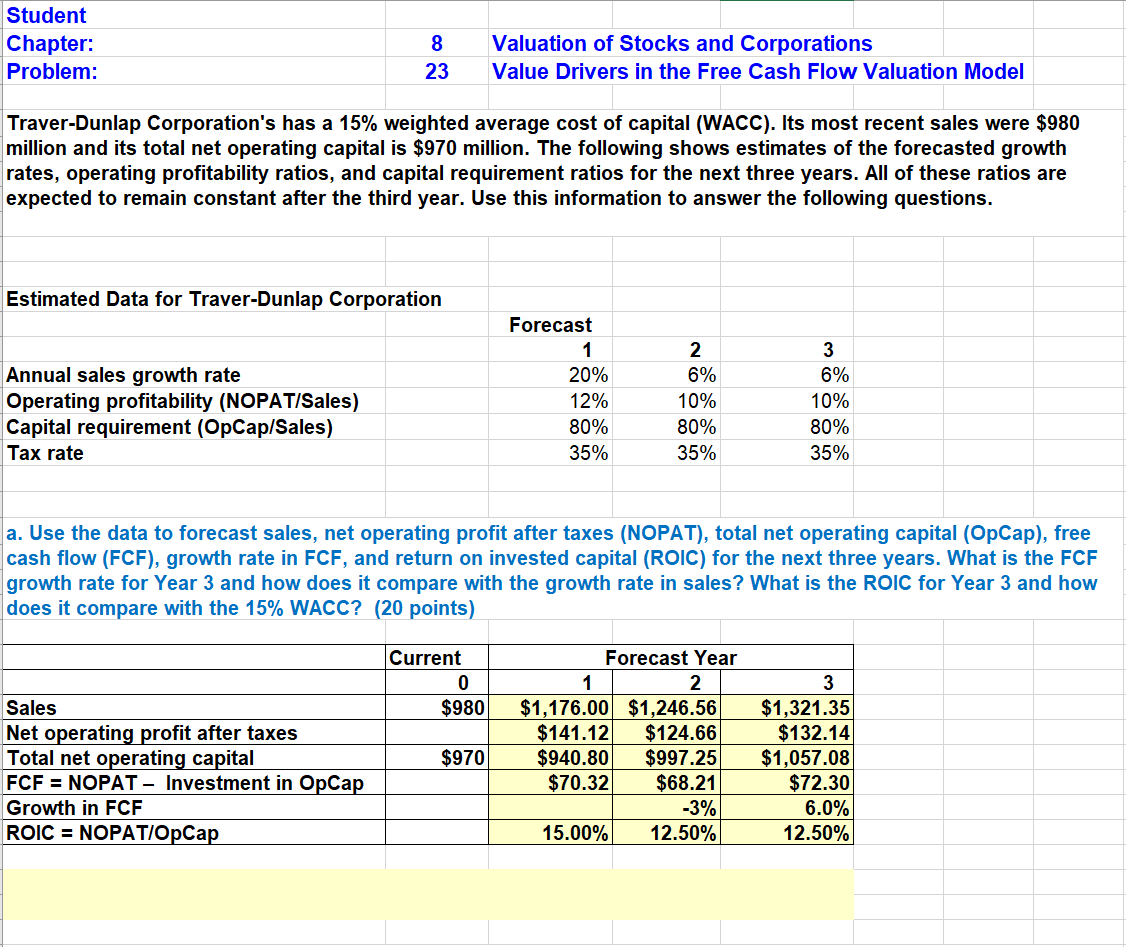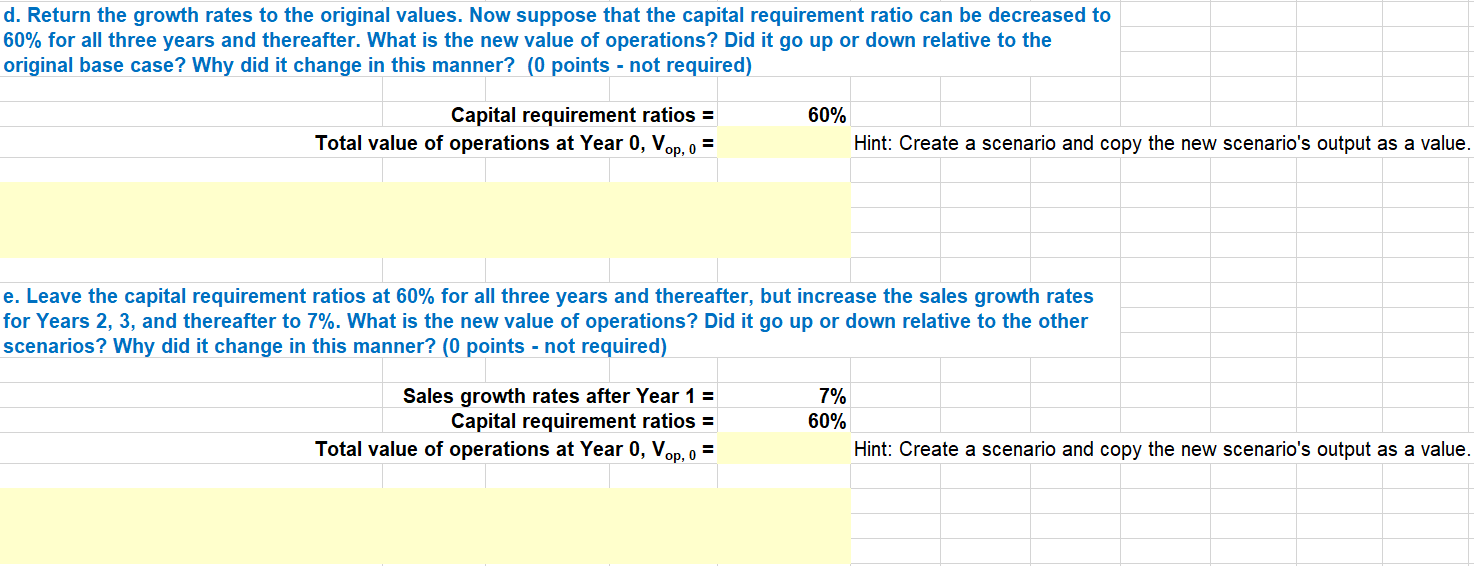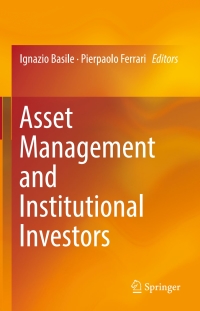

Student Chapter: Problem: 8 23 Valuation of Stocks and Corporations Value Drivers in the Free Cash Flow Valuation Model Traver-Dunlap Corporation's has a 15% weighted average cost of capital (WACC). Its most recent sales were $980 million and its total net operating capital is $970 million. The following shows estimates of the forecasted growth rates, operating profitability ratios, and capital requirement ratios for the next three years. All of these ratios are expected to remain constant after the third year. Use this information to answer the following questions. Estimated Data for Traver-Dunlap Corporation Forecast 1 Annual sales growth rate Operating profitability (NOPAT/Sales) Capital requirement (OpCap/Sales) Tax rate 20% 12% 80% 35% 2 6% 10% 80% 35% 3 6% 10% 80% 35% a. Use the data to forecast sales, net operating profit after taxes (NOPAT), total net operating capital (OpCap), free cash flow (FCF), growth rate in FCF, and return on invested capital (ROIC) for the next three years. What is the FCF growth rate for Year 3 and how does it compare with the growth rate in sales? What is the ROIC for Year 3 and how does it compare with the 15% WACC? (20 points) Current 0 $980 Forecast Year 1 2. $1,176.00 $1,246.56 $141.12 $124.66 $940.80 $997.25 $70.32 $68.21 -3% 15.00% 12.50% Sales Net operating profit after taxes Total net operating capital FCF = NOPAT - Investment in OpCap Growth in FCF ROIC = NOPATIOpCap $970 3 $1,321.35 $132.14 $1,057.08 $72.30 6.0% 12.50% d. Return the growth rates to the original values. Now suppose that the capital requirement ratio can be decreased to 60% for all three years and thereafter. What is the new value of operations? Did it go up or down relative to the original base case? Why did it change in this manner? (0 points - not required) 60% Capital requirement ratios = Total value of operations at Year 0, Vop, o = Hint: Create a scenario and copy the new scenario's output as a value. e. Leave the capital requirement ratios at 60% for all three years and thereafter, but increase the sales growth rates for Years 2, 3, and thereafter to 7%. What is the new value of operations? Did it go up or down relative to the other scenarios? Why did it change in this manner? (0 points - not required) Sales growth rates after Year 1 = Capital requirement ratios = Total value of operations at Year 0, Vop, o 7% 60% = Hint: Create a scenario and copy the new scenario's output as a value. Student Chapter: Problem: 8 23 Valuation of Stocks and Corporations Value Drivers in the Free Cash Flow Valuation Model Traver-Dunlap Corporation's has a 15% weighted average cost of capital (WACC). Its most recent sales were $980 million and its total net operating capital is $970 million. The following shows estimates of the forecasted growth rates, operating profitability ratios, and capital requirement ratios for the next three years. All of these ratios are expected to remain constant after the third year. Use this information to answer the following questions. Estimated Data for Traver-Dunlap Corporation Forecast 1 Annual sales growth rate Operating profitability (NOPAT/Sales) Capital requirement (OpCap/Sales) Tax rate 20% 12% 80% 35% 2 6% 10% 80% 35% 3 6% 10% 80% 35% a. Use the data to forecast sales, net operating profit after taxes (NOPAT), total net operating capital (OpCap), free cash flow (FCF), growth rate in FCF, and return on invested capital (ROIC) for the next three years. What is the FCF growth rate for Year 3 and how does it compare with the growth rate in sales? What is the ROIC for Year 3 and how does it compare with the 15% WACC? (20 points) Current 0 $980 Forecast Year 1 2. $1,176.00 $1,246.56 $141.12 $124.66 $940.80 $997.25 $70.32 $68.21 -3% 15.00% 12.50% Sales Net operating profit after taxes Total net operating capital FCF = NOPAT - Investment in OpCap Growth in FCF ROIC = NOPATIOpCap $970 3 $1,321.35 $132.14 $1,057.08 $72.30 6.0% 12.50% d. Return the growth rates to the original values. Now suppose that the capital requirement ratio can be decreased to 60% for all three years and thereafter. What is the new value of operations? Did it go up or down relative to the original base case? Why did it change in this manner? (0 points - not required) 60% Capital requirement ratios = Total value of operations at Year 0, Vop, o = Hint: Create a scenario and copy the new scenario's output as a value. e. Leave the capital requirement ratios at 60% for all three years and thereafter, but increase the sales growth rates for Years 2, 3, and thereafter to 7%. What is the new value of operations? Did it go up or down relative to the other scenarios? Why did it change in this manner? (0 points - not required) Sales growth rates after Year 1 = Capital requirement ratios = Total value of operations at Year 0, Vop, o 7% 60% = Hint: Create a scenario and copy the new scenario's output as a value








